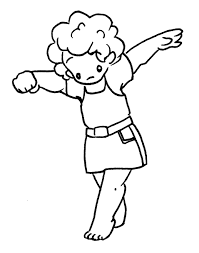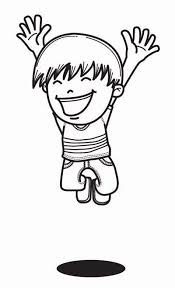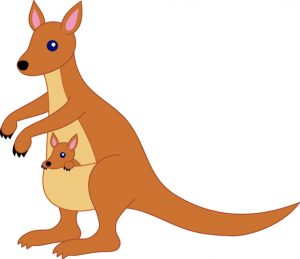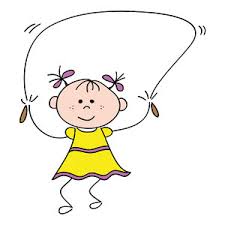Why Can’t “Joey” Jump???
By age 3, the majority of children can jump off of the floor with 2 feet together. However, many children have difficulty mastering this task. It is important to look at the motor skills that develop prior to jumping before attempting to teach your child this skill.
In order to jump successfully, with both feet leaving the ground, children must be able to get into this semi-squatting position in “preparation” to jump. Children must have enough flexibility in the ankle joint to keep their heels flat on the ground and bend the knees forward. They must also have enough balance and strength in their legs to slowly lower themselves part way toward the floor. If this is hard for your child, practice squatting in play, and moving slowly between squatting and standing without leaning on the arms for support. This will develop balance, strength, and flexibility.
The next step in the jumping process,is the “propulsion” or “push-off” stage. This requires strength in the calf muscles. Walking on tip-toes, and reaching up high for objects while standing on tiptoes, are good ways to strengthen the calf muscles.
Once a child can jump in place, there are many jumping skills that develop between age 3 and 4. These skills require motor planning and visual attention. Colored spots, hoops, platforms, ropes, and even snakes can be used to practice jumping to a designated spot, jumping forward, jumping down from an object, and jumping over something.
By age 5, children are learning to jump sideways, and negotiate a hopscotch course. As speed and fluidity increase, they may start to be able to jump rope!!
HAPPY JUMPING!!!!!!!!!!!!!!!

